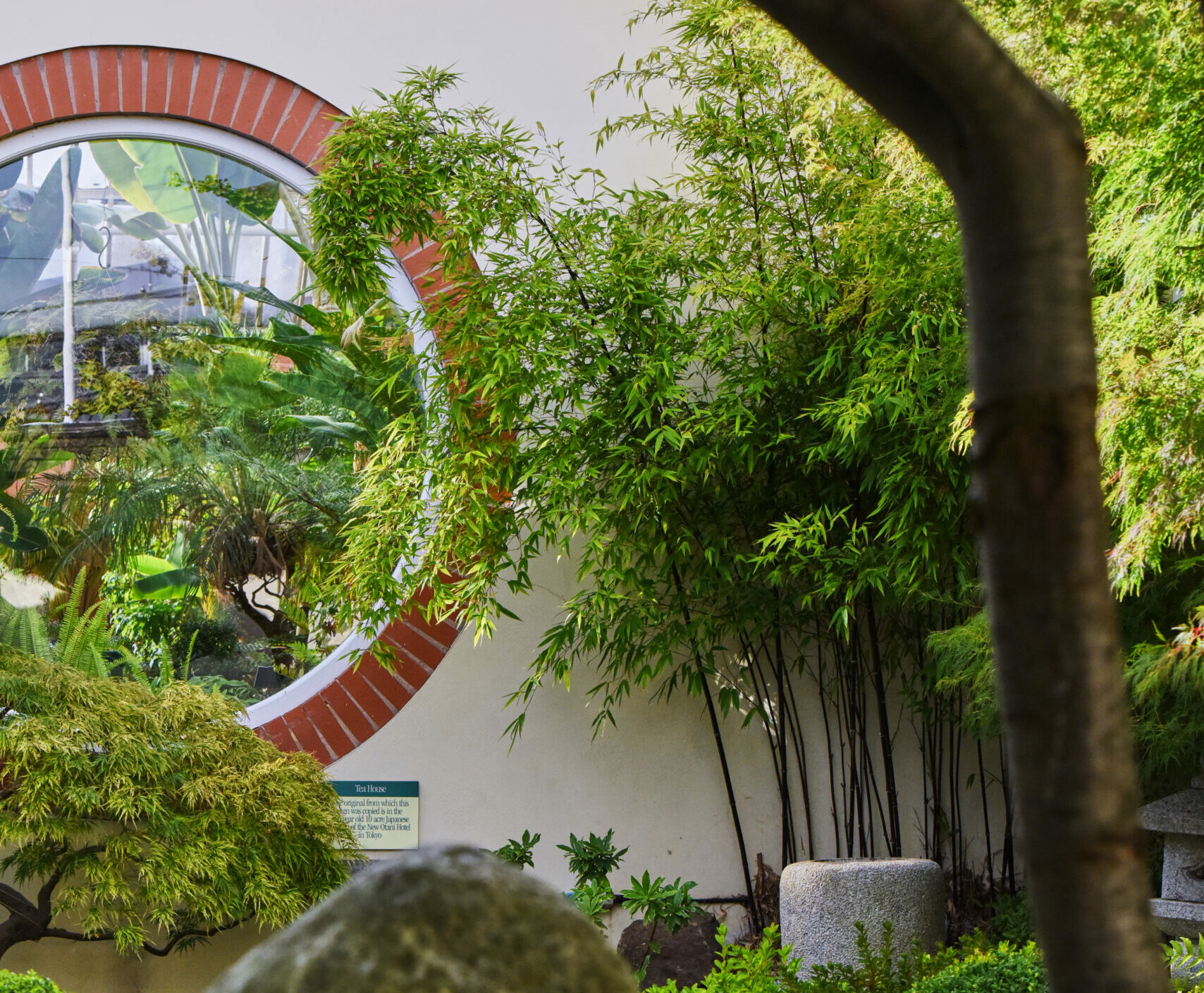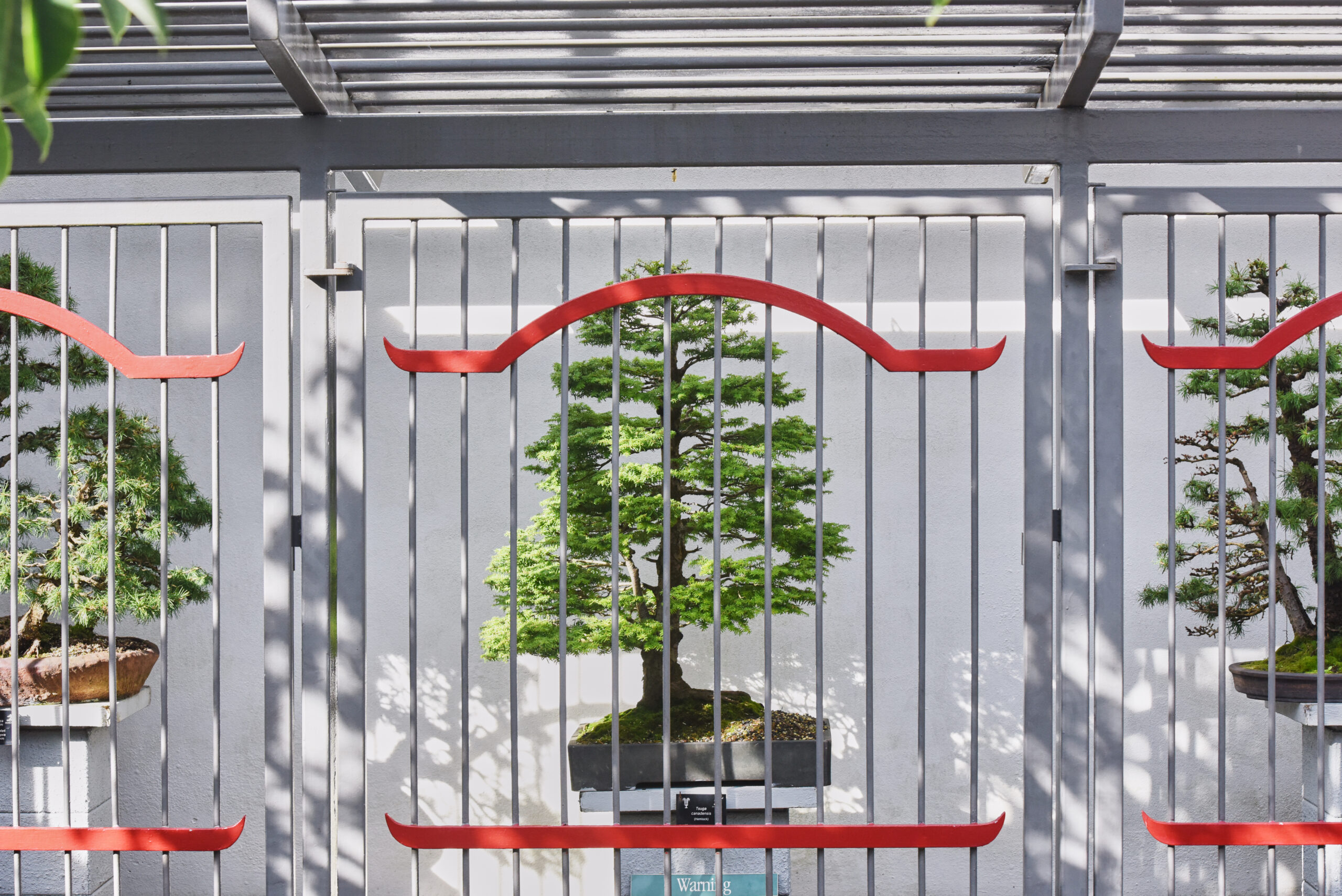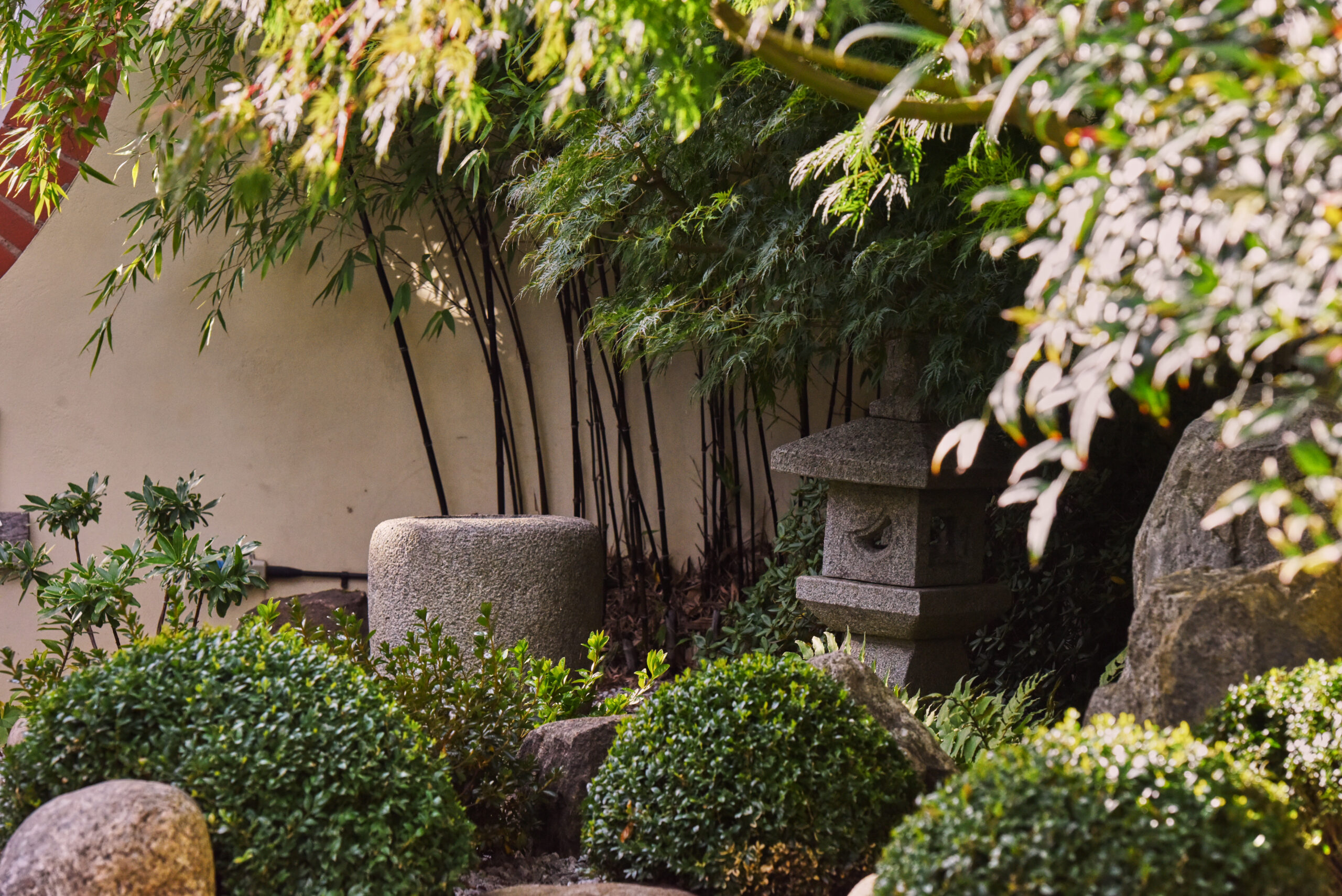Contents
Whether it’s a day soaking up the sunshine on the Main Lawn or a crisp winter’s afternoon spent cosied up inside our Pavilion, you can rest assured that there is a bounty of things to do with your family in Birmingham Botanical Gardens.
From outdoor theatre and guided tours to immersing yourself in the enchanting splendour of the glasshouses, you and your loved ones will never be bored.
And to make the process of planning your days out just a little bit easier, we have compiled a list of the top 5 things to do with your family below.
Glasshouses
Boasting over 1,000 different types of plant species, the glasshouses are the Gardens’ showstoppers.
There are six for you to choose from, each one complete with intriguing sights and beguiling treasures.
Tropical House
Defined by a hot and humid atmosphere, the Tropical House is a magical entanglement of climbers, herbs, plants native to the Amazonian rainforest, water plants, exquisite trees, multicoloured leaves and flowers which look like rose-pink chandeliers.
Opened in 1851, the Tropical House was the first glass house to be constructed and has attracted thousands of visitors over the past 170 years.
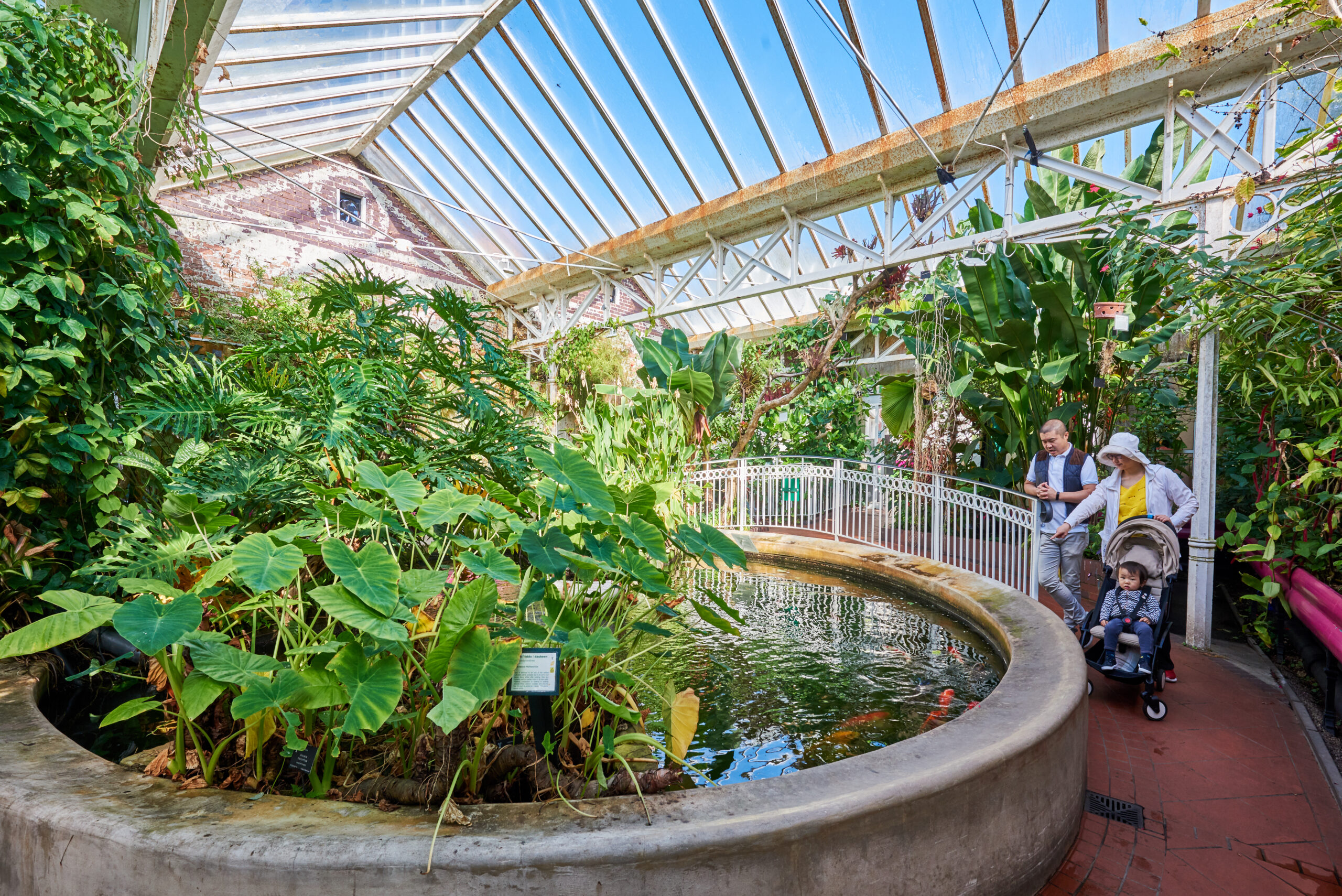
Rich in vibrancy and viridescence, the glasshouse is a jungle paradise at the centre of which lies a dazzling pool, full of beautiful koi carp.
This is a crowd-pleaser you don’t want to miss.
Subtropical House
Formerly known as the Palm House, the Subtropical House was finished in 1871 and has captivated guests since its conception.
Home to a collection of natural giants like the magnificent bird-of-paradise plant, this glass house is worth your time for the diversity and quirks of its numerous inhabitants.
One such individual is the unique Japanese climbing fern which scales up to the 8-foot-high roof and is the only species of its kind on the entire planet.
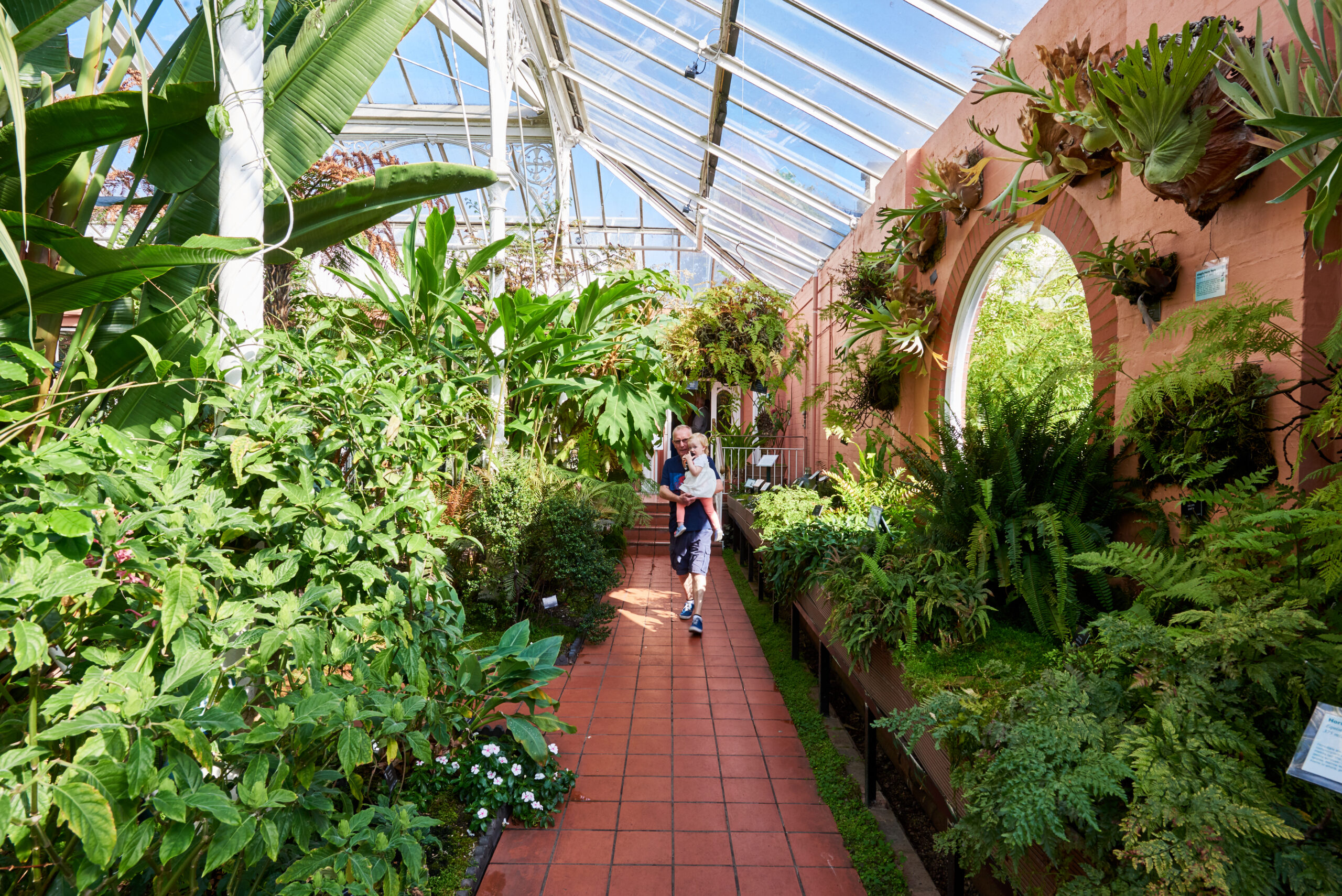
Joining this lone wanderer are ancient conifers from the Cretaceous period, a mesmerising collection of orchids and educational plants such as pineapple, cinnamon and tea.
And for members of the family who adore insect-gulping, carnivorous plants, the Subtropical House is the place to be with its vast array of gory guzzlers whose names read like a menu from Roald Dahl – bladderworts, sundews, butterworts and pitch plants to name a few.
Mediterranean House
Taking inspiration from Victorian conservatories and orangeries, the Mediterranean House is a sweeping display of raised beds, fruiting plants and ornamental specimens.
It is a house fragrant with the scent of limes, satsumas, oranges, lemons and pomegranate, offering those who enter this domain a slice of Mediterranean heaven.
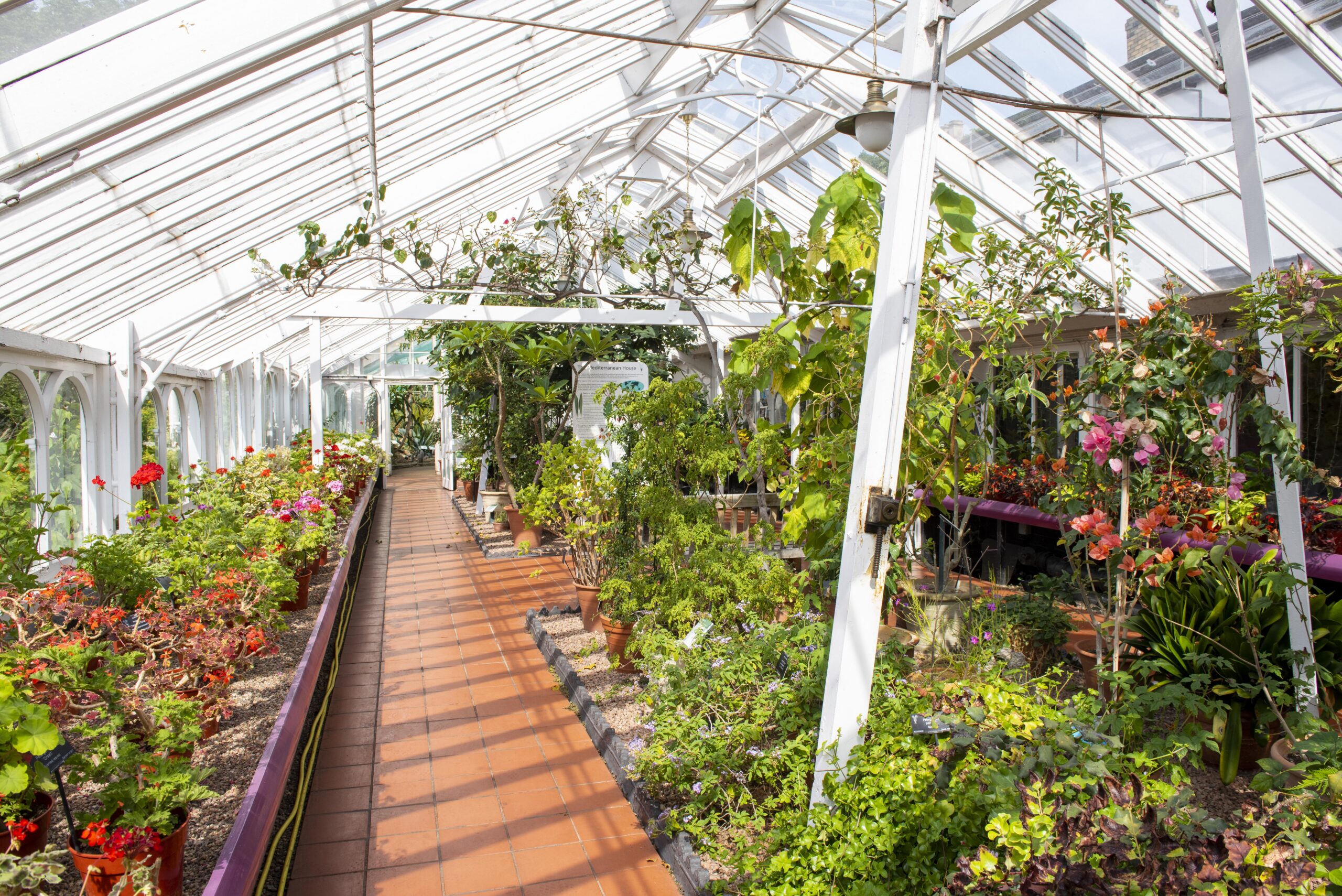
Wild species hailing from parts of South Africa and Australia are also residents here – their beautiful blooms and foliage equally deserving of your attention.
Arid House
Abundant in a spectacular selection of succulents, the Arid House was designed for plants which favour dry conditions with infrequent rainfall.
Imitating a desert climate, the Arid House is home to a hive of cacti, from high-growing giants to the prickly little guys you might have in your home.
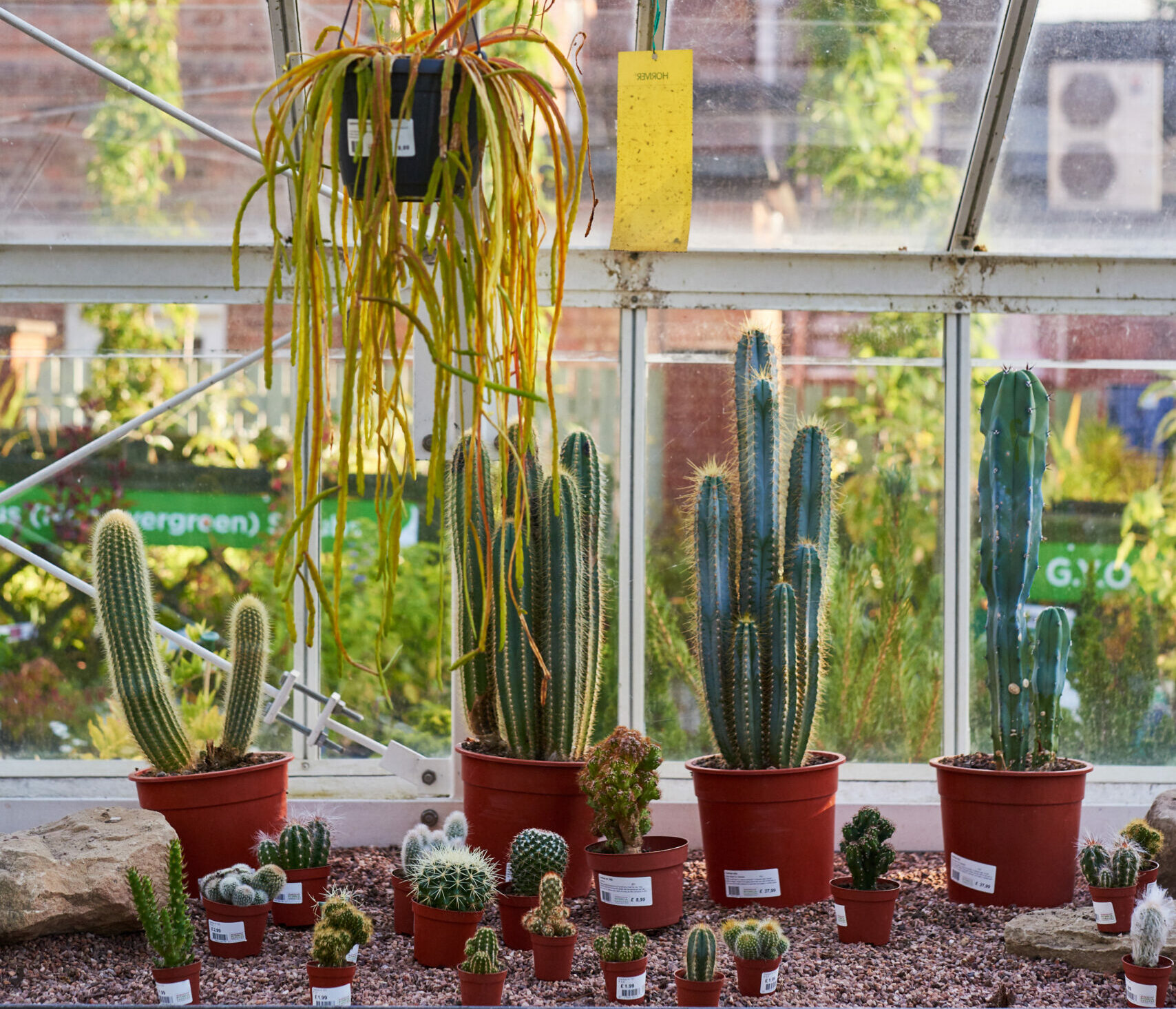
Living rock from South Africa, bottlebrush and mimosa from Australia and agaves from South America are other members of this House, keeping the cacti company alongside a range of carrion flowers and century plants.
Alpine House
Why climb a mountain range to see an unusual group of plants when you could spend a couple of hours wandering through the Garden’s uber cool Alpine House.
Fascinating, crisp and well-ventilated, this glasshouse provides a sanctuary for specimens which thrive in hilly or mountainous environments that sit above the tree line – an ideal hotpot for the Gardens’ award-winning National Cyclamen collection.
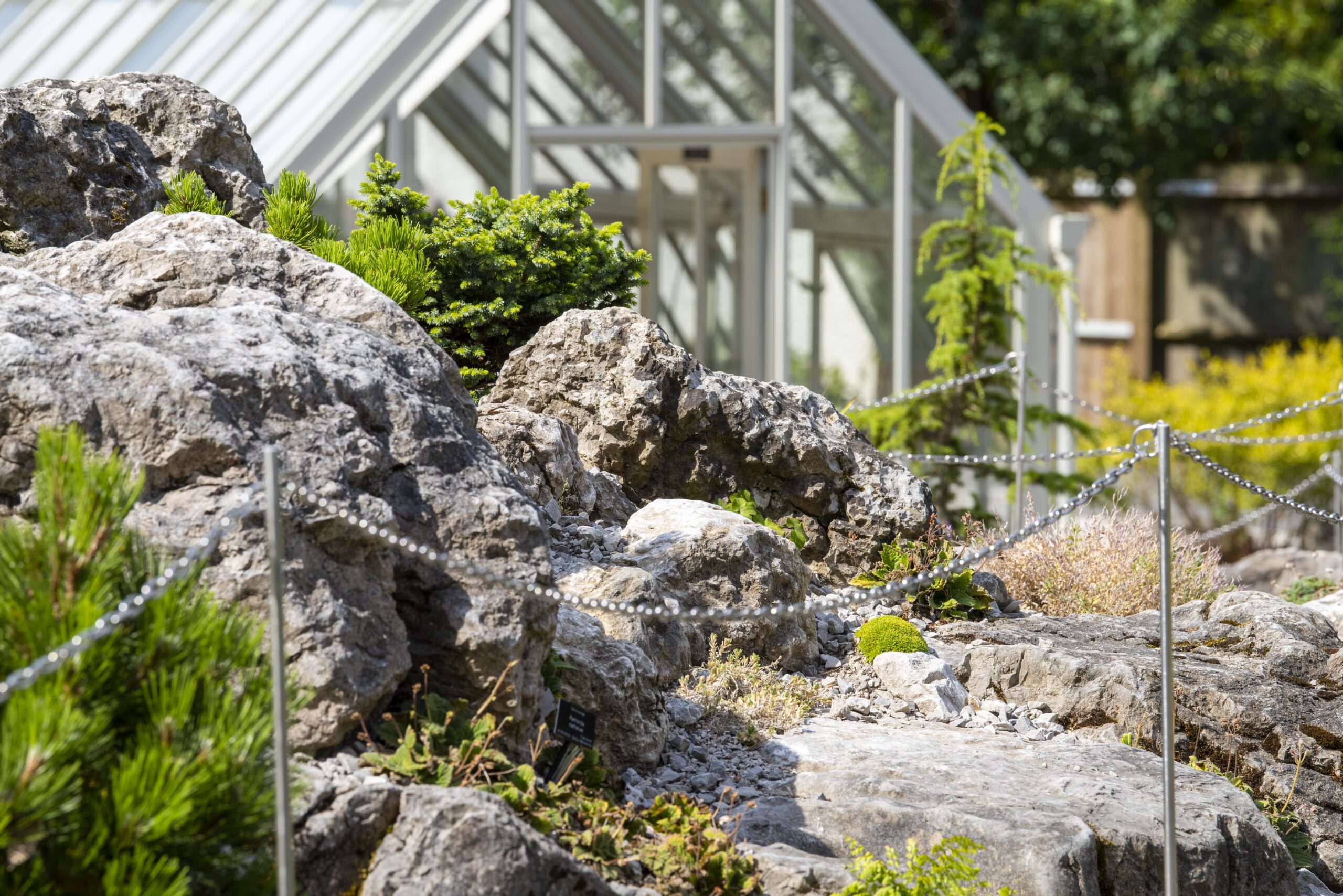
Whether you’re a large-plant enthusiast or appreciate the delicate shrubs, this refreshing glasshouse has a species for every onlooker.
Butterfly House
Whilst only open for a fleeting period of time (May until September), the Butterfly House is one of the Gardens’ best features.
Decorating the space with a flutter of fascinating colours, butterfly species which decadently flap about this tropical abode come from several corners of the planet, including the Philippines, Central America and parts of Africa.
This is a joyous visit for people of all ages who can marvel at the development of pupae into butterflies or watch them feed from fermented fruit.
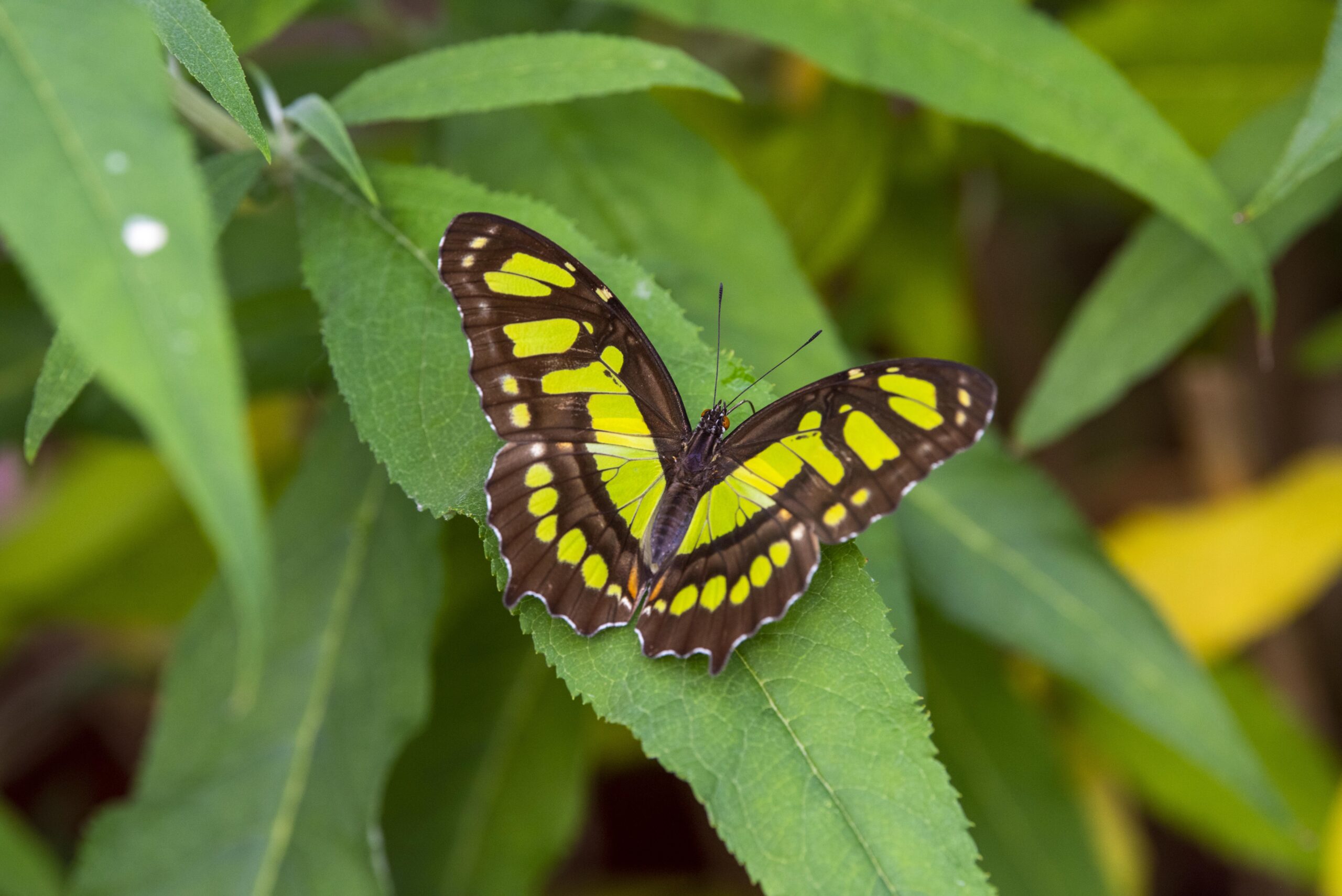
For those of you who are intrigued to visit this winged-haven, try challenging yourself or family members to count as many camouflaged butterflies as you can!
Japanese Garden and National Bonsai Collection
Tucked away in a serene corner is the Japanese Garden, a relaxing space where thoughts are calmed and families can relax.
It is the unofficial secret garden of Birmingham where plants, features and structures have been carefully considered to reinforce the space’s tranquillity.
If this is your cup of sencha then you’ll also love the National Bonsai Collection – a group of 25 bonsai trees which have been loaned to the Gardens by the Friends of the National Bonsai Collection.
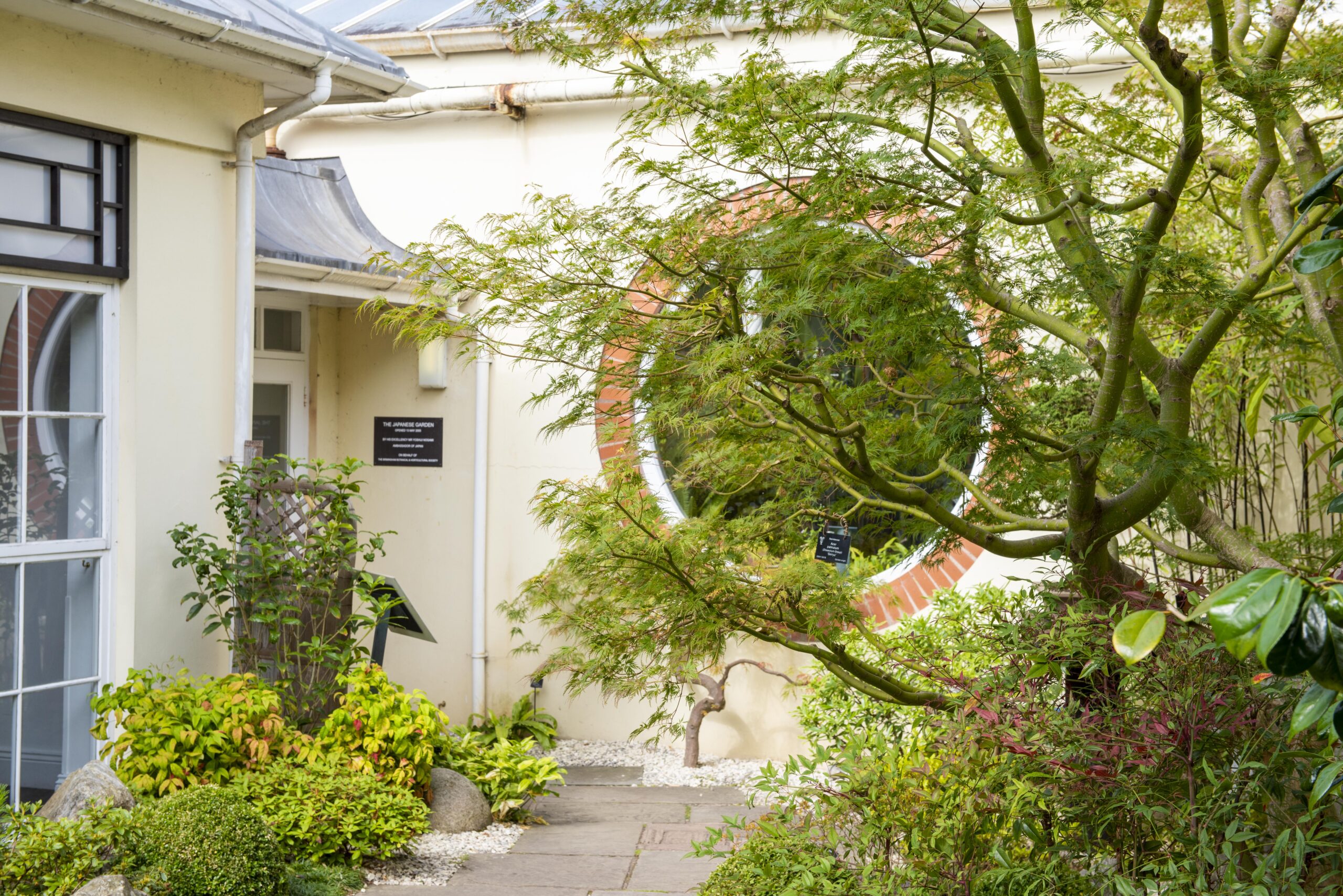
Presented in a secluded courtyard, the bonsais are a medley of masterpieces, the beauty of which illustrates the degree of care required to nurture them.
If you’re after a quieter afternoon musing over something artistic, then the Japanese Garden and bonsai collection is the trip for you.
Garden walks
Living in the UK’s second largest city can make it difficult to escape the urban hullabaloo which is why the natural pocket of the Gardens is perfect for a city-based family.
Spread across 15 acres, this landscaped Victorian Park is the ideal place to stretch your legs with a variety of walks that cut through the different areas of the Gardens.
If you fancy a meander through a meadow of spring blooms then the Woodland Walk will not disappoint, reflecting the season’s evolution with its changing bed of snowdrops, primroses, bluebells, crocuses and scillas.
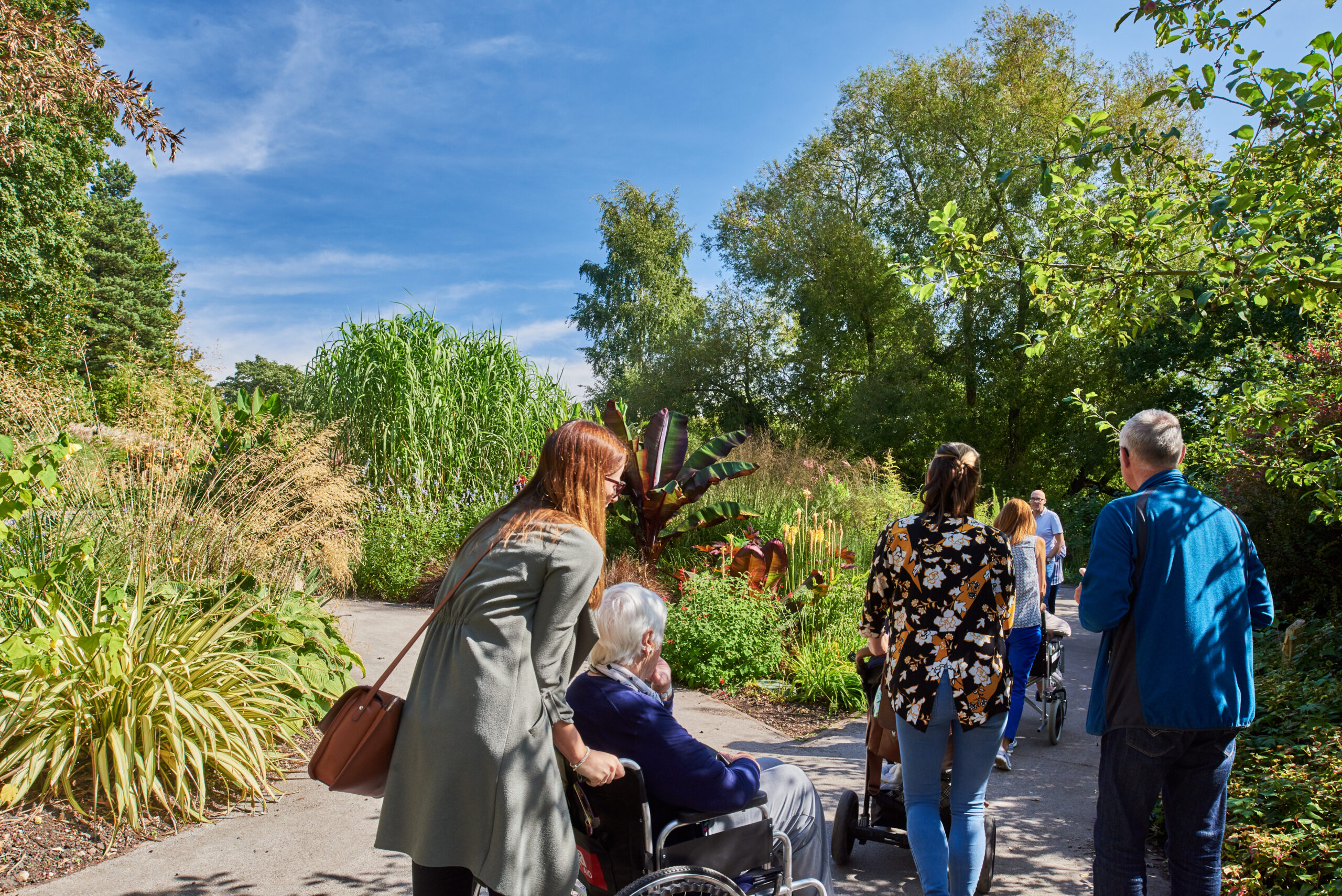
Another spring walk for flower enthusiasts is the Rhododendron Walk, a route that is most spectacular in May when the name-sake plants come into blossom, projecting a firework of pink, crimson and ruby shades.
Whether you’re out for a saunter or care for a longer stroll, you can find the perfect in the Garden’s seasonal walks.
Pavilion tea room
Cosy, comforting and inviting, the Pavilion tea room is the Gardens’ heart, filled with chatter, food and happy people, a great place to rest after a long afternoon in the fresh air.
It has been a hub of life since 1909 when it first materialised as a wooden tea room next to what is now called the Subtropical House.
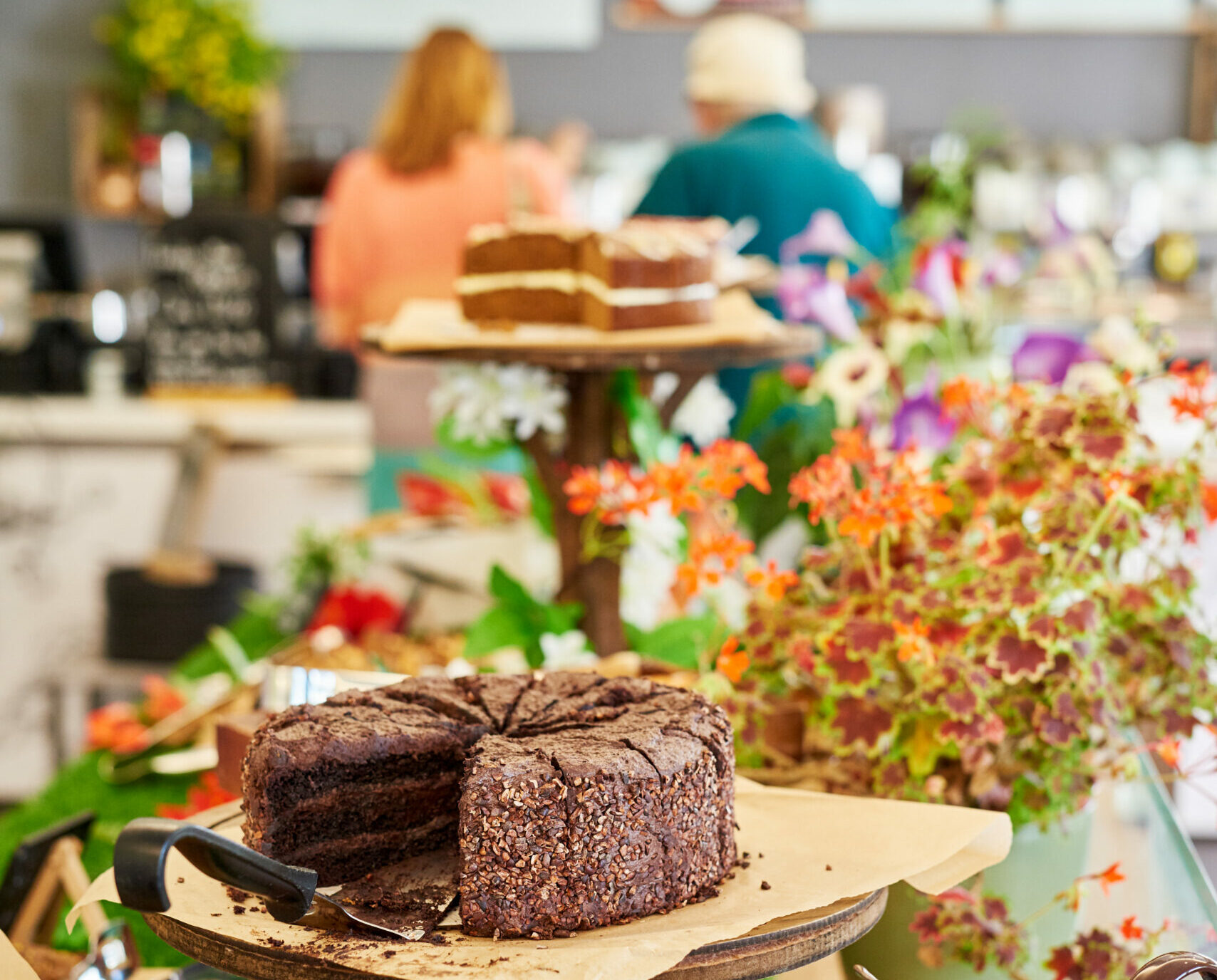
Designed by Ken Fairbairn, the Pavilion has been through several makeovers throughout the 20th century and has come a long way since the early provision of refreshment tents at the Gardens.
Situated on the Loudon Terrace, the Pavilion is a warm bubble within which families can enjoy a delicious nibble and hot drink as they admire the outdoor views.
Events
Events at the Gardens are legendary, able to cater for anyone from the tiniest tots to their great-grandparents.
Live music, watercolour workshops, interactive family sessions, guided tours, outdoor cinema screenings, photography classes, yoga classes, theatre – we do it all and more.

Providing attendees with a few hours of fun and respite from their everyday activities, the Gardens’ events will leave you with memories to cherish.
To ensure you and your family don’t miss out, keep an eye on the extensive list of upcoming events which will help you to plan ahead of your days out.


